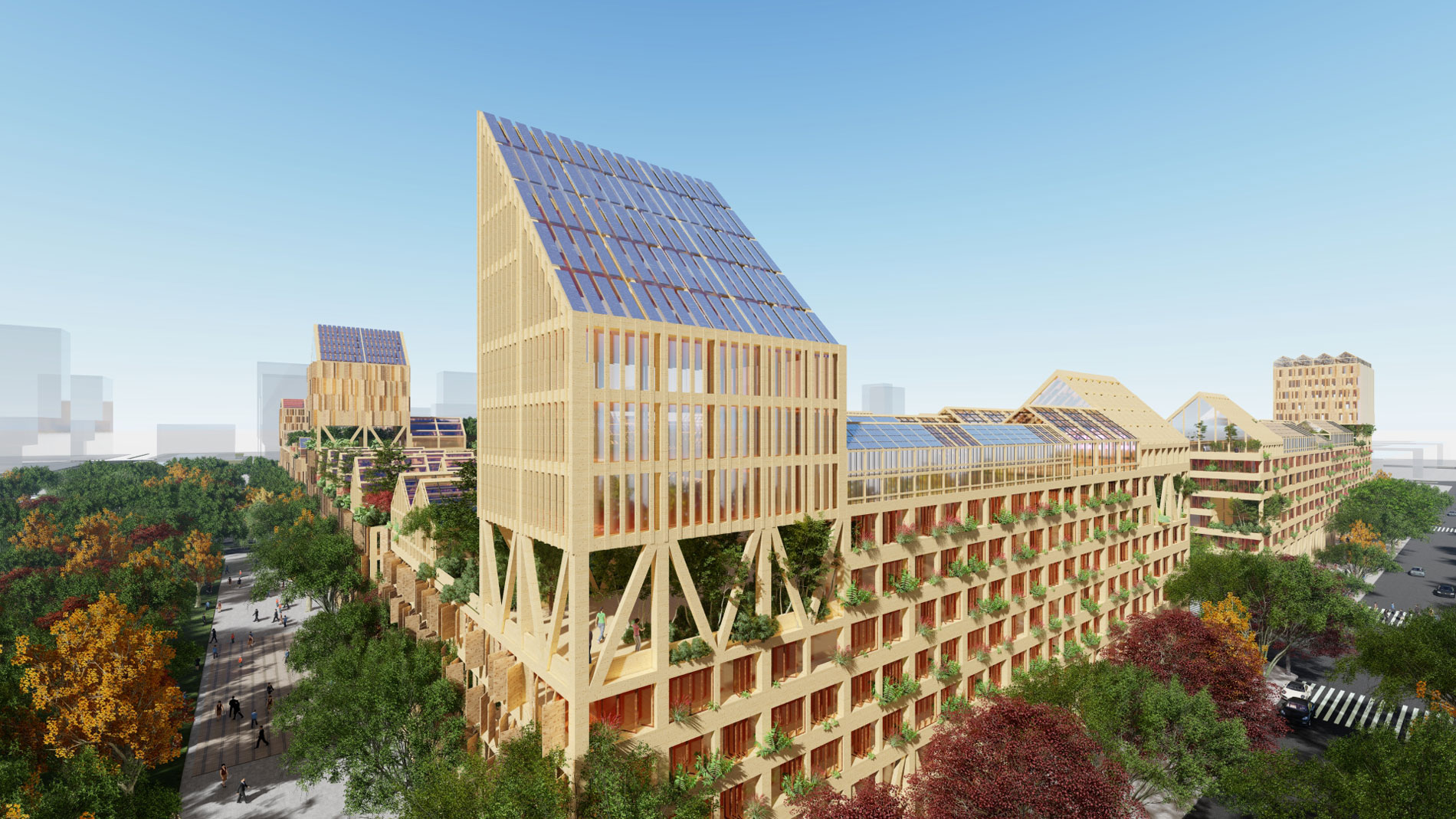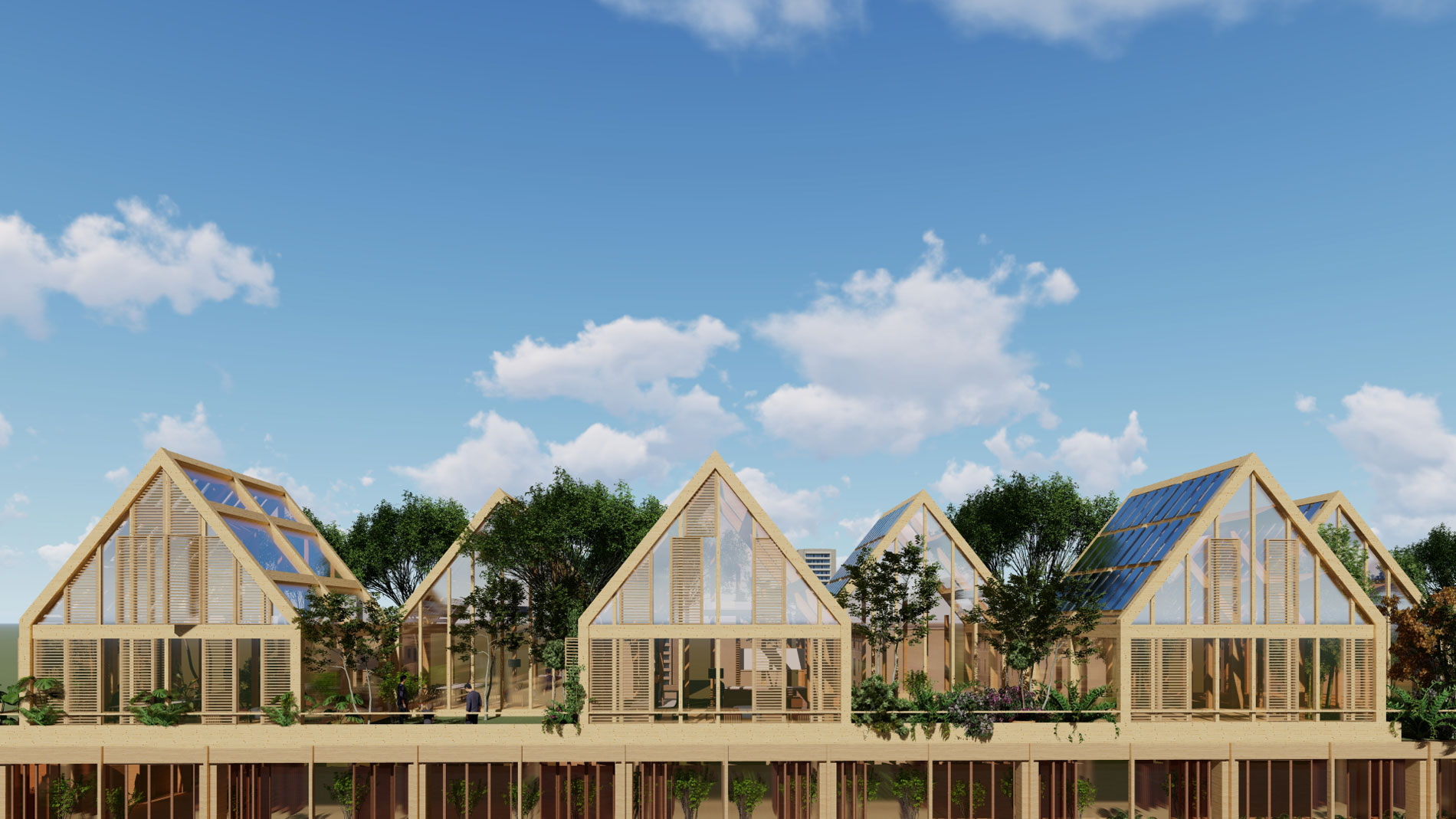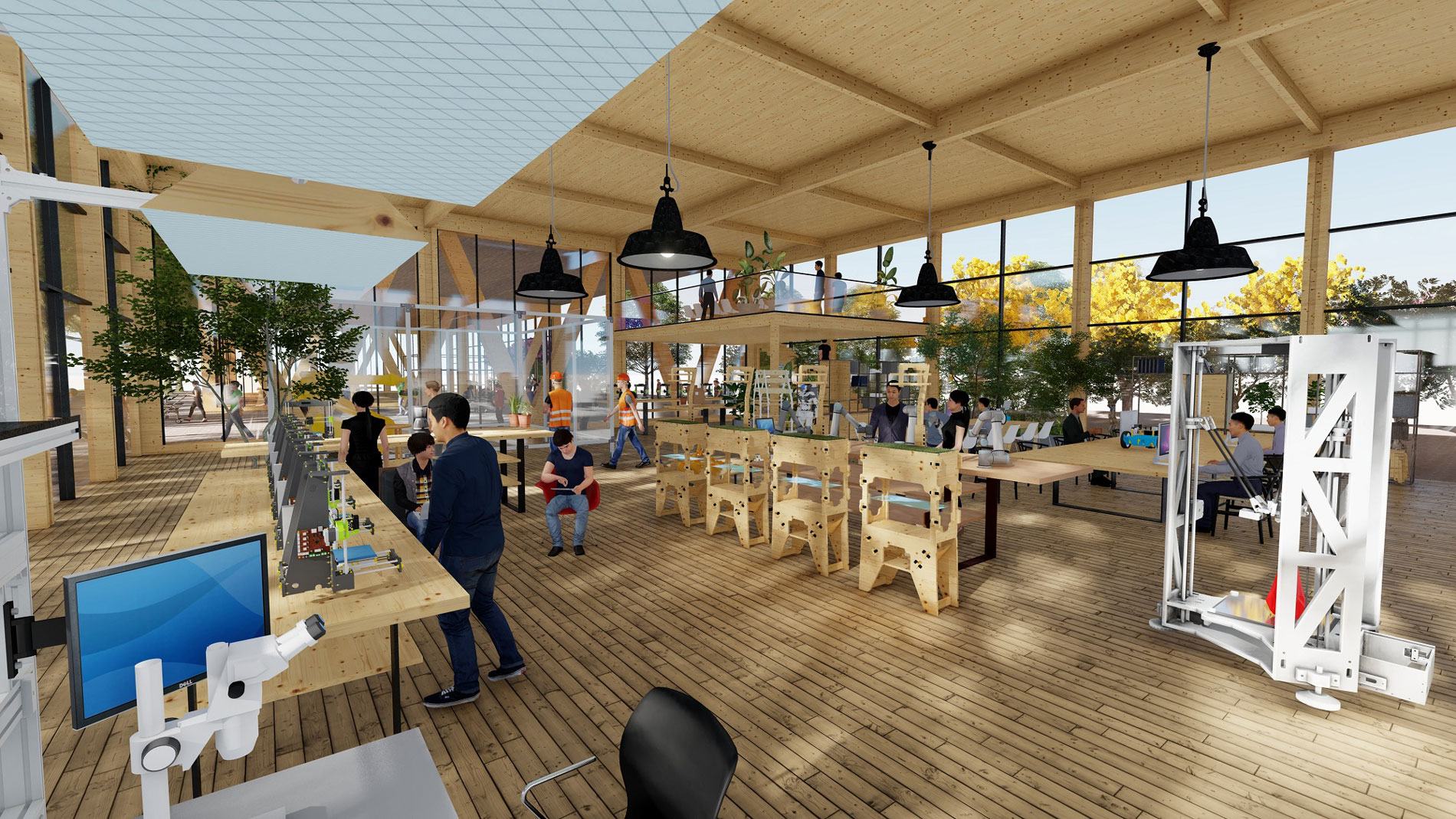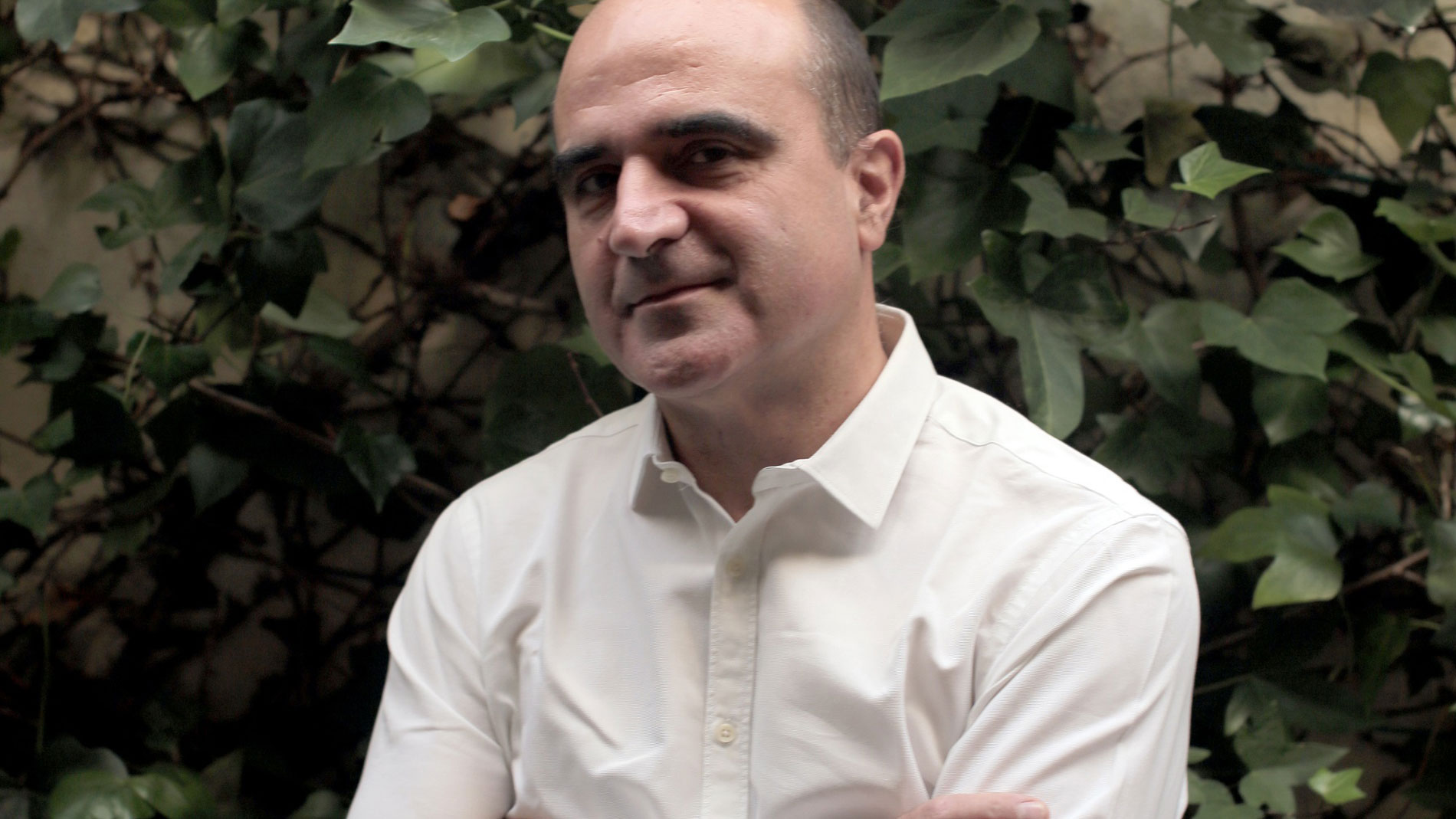4 March 2022
For Vicente Guallart, sustainability is much more than recycling and green electricity. The internationally renowned architect designs model cities in which renewable raw materials, a circular economy and a new social coexistence are the guiding principles of planning. 3D Printing also plays an important role in this: the idea is to reuse plastic locally and turn it into everyday objects. We talked to the internationally renowned architect about exactly how this will work.

China is a very good address for innovative urban planning from the drawing board. After all, nowhere else in the world so many new cities are springing up out of nowhere - in the last two decades, there have been an average of 20 new cities per year. It's no wonder, then, that Guallart's plans to rethink city life have also met with approval here: At the end of 2020, the Spaniard won an international competition to build a neighborhood of the planned city of the future, Xiong'an. This sustainably planned metropolis is located around 120 km south of Beijing in a so-called National New Area, which is directly under the control of the central government. New urbanization concepts are to be used here to create a new home for 2.5 million people, combining high technology and sustainable living under one respectively many roofs. According to forecasts by Morgan Stanley, 290 billion U.S. dollars will be invested in the next 15 years.
In the self-sufficient neighborhood he is planning, Guallart is banking on his favorite building material, wood, which he intends to use as the main material for the four-block building complex. At the same time, the way people live together is intended to be changed: Production and handicraft are to return to the residential quarters instead of finding themselves in the suburbs as they have in the past, Guallart explains. "With this holistic approach, we're making a fundamental statement: we're building a city where we produce everything that's needed - energy, food and other things." As part of that, the first floor of the buildings will feature offices and workshops where, among other things, 3D printers will be used to create everyday items such as shoes, tables, chairs and bags. But Guallart doesn't see recycling as the ultimate solution to sustainable living. "Additive Manufacturing is not everything, and it's not just about recycling and keeping plastic further in the cycle," he says. "Ultimately, we just have to use other materials."






The fact that people live and work in the same building is reminiscent of everyday life in the cities of the Middle Ages and ancient times. But Guallart's urban planning "back to the future" encompasses even more: on the top floors are greenhouses in which the neighborhood's approximately 3,000 residents grow fresh vegetables. On the large south-facing balconies, which also serve as heat regulators, the future citizens will be able to relax or do their work via 5G in the home office.
Whether Guallart's plans will be implemented 100 percent remains to be seen over the next few years. Until then, the technical implementation of material recycling for 3D Printing will probably be further refined. Guallart also wants to offer his city concept to other cities around the world. In Barcelona, as chief architect, he has already implemented some points of this concept - and that the architect is familiar with the technology of 3D Printing, has already been proven: Last year, the IAAC (Institute for Advanced Architecture of Catalonia), which he founded, 3D-printed a concrete pedestrian bridge that now beautifies the Castilla-La Mancha urban park in Madrid.
About Vicente Guallart

Vicente Guallart is an architect from Barcelona who works in the development of projects for ecological cities and buildings across the globe with his company Guallart Architects. He has won numerous international competitions including Housing post-COVID in Xiong’an (2020), or Xianmi hu Master Plan in Shenzhen (2018). He was chief architect of the city of Barcelona (2011-15) leading major transformations in the city, which was named European Capital of Innovation in 2014. He was also founder of the Institute of Advanced Architecture of Catalonia (2001) from where he currently works in the development of Biocities, from the Valldaura Labs center. He is the author of numerous books, such as “The self-sufficient city”, “Geologics” and “Plans and Projects for Barcelona”.
FURTHER INFORMATION:
Tags
- Additive Manufacturing
- Construction and architecture
